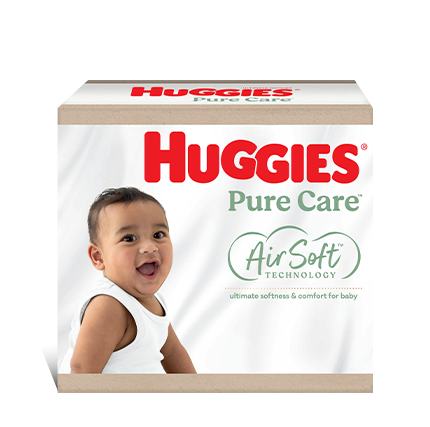Your normal work conditions, that perhaps may not have posed any health concerns before, could now be potentially hazardous to you and your unborn baby. You may need to take some preventative action to ensure your own, and your baby's safety. If you answer yes to any of the following points you should speak to your employer about changing the nature or location of your work.
Your workplace hazard checklist
Does your job expose you to any of the following?
- Toxic chemicals or gases
- Radiation
- Infectious diseases
- Animals and their faeces
- Extreme physical activity and heavy lifting
- Toxic waste
- Smoke from other people smoking cigarettes
- Uncomfortable levels of stress or anxiety.
Your rights to workplace safety during pregnancy
If you are pregnant and suspect your workplace may be not be safe for you or your unborn baby then under the Federal Government's Fair Work Act you are entitled to move to an appropriate safe job. You may be required to provide a medical certificate to your employer explaining the workplace hazard and the period you (or your unborn baby) will be at risk.
If you are transferred to a safe job you are entitled to be employed under the same terms and conditions at the same rate of pay.
If there is no safe job to transfer to, you may apply for Paid No Safe Job Leave for the risk period. This is a special type of leave available if the workplace is hazardous and there is no other safe job available. If you take Paid No Safe Job Leave you will receive your usual base rate of pay for your ordinary hours of work during the risk period. If you wish to take Paid No Safe Job Leave you may be required to provide your employer with a medical certificate stating the workplace hazard and the period of time that you or your unborn baby will be at risk.
For more information about your rights to a safe working environment see the Australian Government's
Fair Work website.
For more information see Pregnancy.
Updated May 2019
Last Published* May, 2024
*Please note that the published date may not be the same as the date that the content was created and that information above may have changed since.




















